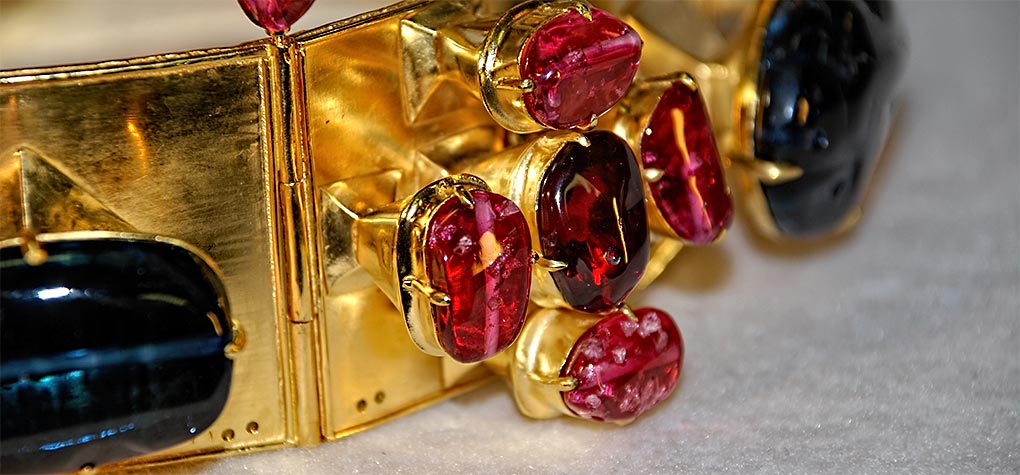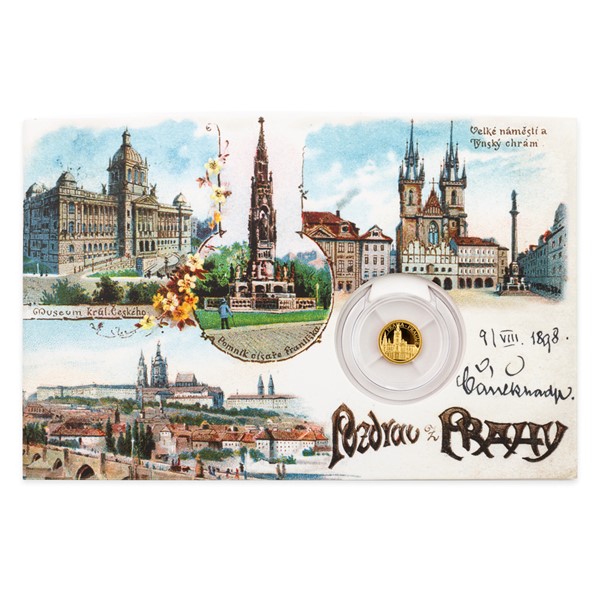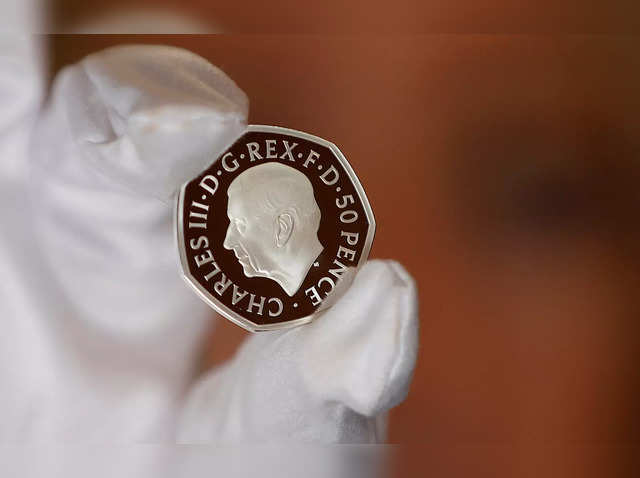Great Suggestions On Coating Czechoslovakia Medals
Wiki Article
What Is The Reason And How Can An Image Made From Plaster Transformed Into A Digital 3d Model For Gold Coins Or Gold Medals?
The process of scanning involves the use of special equipment to capture the plaster maquette in digital form. The digital copies are used for a variety of purposes during production.
3D Scanning - High-resolution scanners capture physical dimensions and detail of the plaster model. The scanners can record measurements and geometrical information by using a variety of methods, including laser scanning or the structure light.
The scanner will emit light or lasers beams to the surface plaster models. The scanner captures these distortions and reflections. This data is used to build models.
Data Collection- When the scanner moves over the plaster model, it gathers an enormous amount of data points, creating an image of the model's geometry, contours, and details.
Conversion to 3D Model- The collected data points are processed by specially designed software, which converts the information into a digital 3D model. The model is able to recreate the physical dimensions and dimensions of the plaster replica.
What are the motives behind creating a digital 3D model?
Digital 3D models can be used to replicate the exact dimensions and details of a physical model. This is essential for ensuring that the final gold coins or medals are in line with the style.
Digital models can be modified or refined easily. Designers can modify the design without altering the maquette made of plaster.
Compatibility with Manufacturing ProcessesCompatibility with Manufacturing Processes Digital 3D models are compatible with a variety of manufacturing techniques, such as 3D printing or CNC machine, facilitating the production of molds or dies for mass production.
Archiving and Documentation - Digital 3D models are an archived record of the design. They can be digitally archived to be used as a reference for future use as reproductions, historic documentation.
By scanning the plaster model and creating an electronic 3D model that designers and manufacturers can improve the efficiency of their production and ensure precision in reproduction and utilize advanced manufacturing technologies for creating gold coins and medals that are precise and faithful to the original design. See the top rated Scanning and 3D Modeling Czechoslovakia gold coins blog recommendations. including angel coin, gold pieces for sale, buy gold bars, today's 1 oz gold coin price, maple leaf gold coin, canadian gold maple leaf coin, 1 0z gold, gold coins, ebay gold coins, cost of gold coins and more.

How Does Laser Technology Work To Polish The Gold Surface Or Medal Die?
To improve accuracy and achieve precision laser technology is utilized in the process of making master hubs or dies to make gold medals or coins. Here's a look at how laser technology works in this process. Surface Refinement
Laser technology is used to improve the surface of the master hub or die after initial cutting. It is used to remove imperfections, burrs and minor surface irregularities.
Detail Enhancement-
Laser ablation and engraving techniques can be utilized to improve or enhance the intricate features of the master hub or die. Lasers can cut through material or etch it precisely to create fine lines, textures and intricate patterns.
Microstructuring-
Laser microstructuring involves the creation of micro-sized details or textures on the die's surface. This process can create textures or patterns to enhance the visual or security features of coins or medals.
Surface Hardening or Treatment
In some cases, laser technology is employed for the purpose of surface hardening or treating of the master hub. This procedure improves durability and wear resistance that ensures the longevity of the striking process.
Precision Changes
Laser technology allows for precise adjustments and corrections to the die or master hub without impacting the overall geometry. The ability to alter the surface to correct discrepancies, imperfections and other issues that could influence the quality of made coins or medals.
Controlled Material Removal
Laser ablation removes material with precision, especially when fine details must be defined or adjusted. It offers a non-contact technique of material removal, preserving the integrity of the surrounding area.
The use of the laser to enhance and refine the features on master hubs and dies gives a higher degree of precision and finer details. It also improves overall quality of the die's surface. This technology is a complement to conventional machining techniques, allowing precision manipulation and improvement on the surface properties of the dies critical for making high-quality gold coins or awards. Follow the best laser processing Prague Mint gold coins website advice. including 24k gold bullion, 1oz gold, twenty dollar gold coin, silver double eagle coin, apmex gold coins, 100 gm gold biscuit, $20 gold coin, gold coin store near me, buy gold biscuits from bank, gold bullion bars for sale and more.

Why Are Dies Polished By Hand In Order To Provide A Perfect Surface For Gold Medals And Coins?
For several reasons, it is crucial to polish dies by hand so that they have a smooth, flawless surface. Enhanced Detail reproduction When you polish the die by hand, any imperfections, burrs or any other irregularities are eliminated from the die's surface. A smooth surface permits complex details to be better reproduced on the medals and coins.
A polished die creates coins and medals with sharper edges, better relief and clearer features. It enhances the appearance and quality of your final product.
Reduced Wear and Tear Polishing may reduce friction during the striking procedure. A smooth die surface reduces the possibility of irregularities or defects appearing on the coins or medals struck with rough surfaces.
Consistency is Striking. Hand-polished dies provide an even surface to strike, which ensures uniformity. Consistency is vital to ensure the accuracy of the design, its depth and overall quality across multiple coins or medals.
Longevity: Polished Dies will last longer. They're less likely than non-polished ones to wear down or get damaged during the strike process. They are also durable and longer lasting and can hit more coins, without sacrificing quality.
Accuracy and Precision- Hand polishing lets engravers fine-tune and refine certain parts of the die, making sure that the details are accurately duplicated on the engraved medals or coins. This improves the precision in the final product.
Quality Control - Polishing forms an element of a quality control process. The die can be inspected during the process of hand-polishing to find any imperfections or inconsistencies and corrected before the die is struck.
Surface Finishing - Polishing is a method to give specific textures or surfaces to the struck medals and coins, improving their visual appeal.
Hand polishing the gold dies and medals to a high standard is vital to create high-end, highly finished, and pleasing products. It's essential for the appearance, consistency and long-lasting quality of the final product. Read the top rated hand polishing Czechoslovakia gold medals more advice. including gold bullion cost, $50 gold piece, gold and silver shops near me, gold coin prices, $5 gold piece, gold eagle, gold and silver shops near me, 1 oz gold buffalo coin, cost of silver coin, sell gold coins and more.

How Are Gold Blanks Being Fed Into Coin Presses, And Stamped Under Extreme Pressure While Minting?
During the coining process Gold blanks are loaded into coin presses under high pressure and then stamped to create finished coins or medals. This is a brief overview of the procedures involved in loading blanks.
Gold blanks, previously checked and cleaned for quality, are fed into a feeder system connected to the coin press. This feeder system assures that there is a constant flow of blanks.
Feeding Blanks on the Press
The feeder system introduces blanks into the strike chamber in the coin press one at a time. This ensures precise placement of the blanks.
Alignment and Positioning
The blanks are placed in the press, and placed in the striking area making sure that they are perfectly aligned to allow for the stamping.
Strumming at High Pressure
The coin presses apply massive pressure on gold blanks with a pair dies - one stationary and one mobile. The stationary die contains the negative design impression and the die that moves is known as the hammer.
The moving die hits the blank with great force and transfers the design onto the blank's surface. Die pressure results in raised relief and detail on the coin.
Repetition of Striking Is Optional
For higher-quality coins or medals, especially proof or collector's editions, multiple strikes might be applied to achieve a sharper, more defined appearance or style. Each strike enhances the fine details of the outside of the coin.
Ejection and Collection-
After being struck, freshly minted medals or coins are released from the press and placed in trays or containers. They are inspected for quality control to make sure that the designs are in line with all requirements and standards.
Post-Processing-
Minted coins or medals may undergo additional processing, such as edge lettering, edge reeding, or post-strike treatments depending on the design specifications or the specifications of the mint.
The high pressure of stamping imparts the desired designs onto gold-plated blanks, and transforms the coins into medals that are suitable for circulation, collections or even commemoration. This process requires precision because any deviation in alignment or pressure can affect the quality and appearance of the final item. View the top minting Prague Mint gold medals blog info. including small gold coins, gold coins coin, gold coins for sale, gold silver dealers, olympic games gold medal, 50 pesos gold coin, 1 ounce gold, sovereign british coin, ngc grading, gold penny and more.
